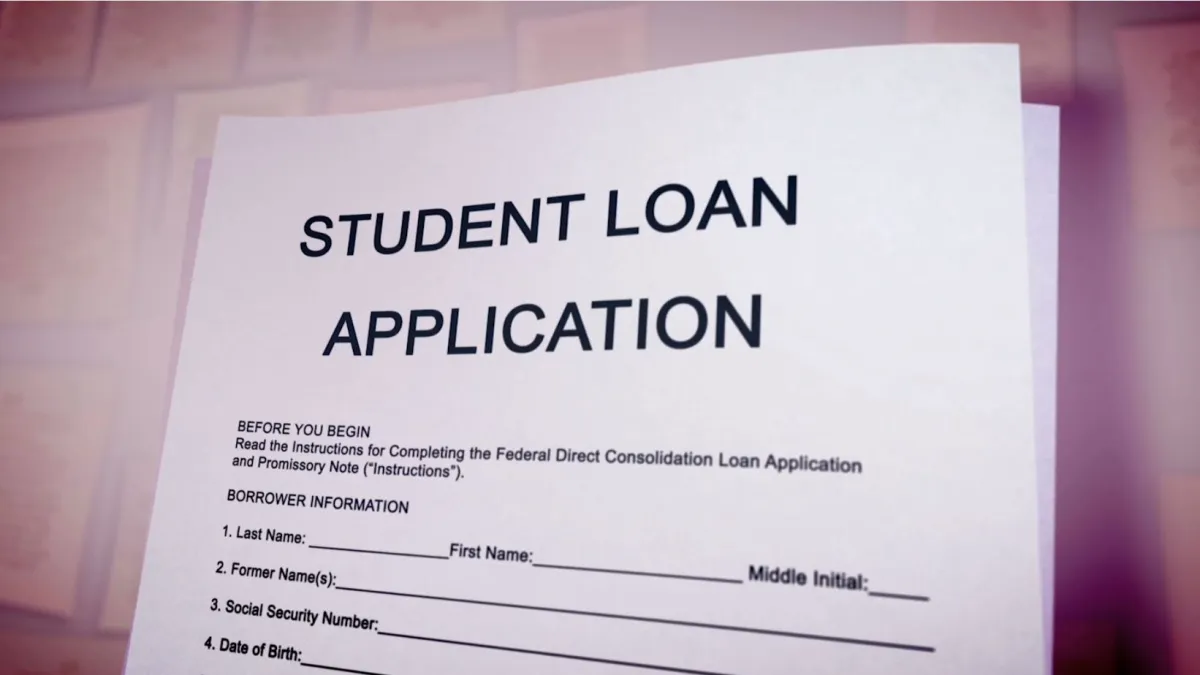The landscape of student loan repayment is changing, offering a glimmer of hope for millions of borrowers across the United States. Recent developments have introduced an extension to the student loan consolidation deadline, providing additional time to maximize debt relief opportunities.
With a new deadline set for June 30, it’s crucial for borrowers to understand the potential benefits of loan consolidation and to assess their eligibility for comprehensive loan forgiveness.

Understanding Loan Consolidation and Its Benefits
Loan consolidation can be a strategic move for those juggling multiple federal student loans. This process allows borrowers to merge various loans into a single Direct Consolidation Loan with a fixed interest rate.
Mark Kantrowitz, a renowned financial aid expert, highlights the significance of this move, stating, “Consolidating FFELP, Perkins, and other non-Direct Loans into Direct Loans can provide you with more debt relief benefits. It can also streamline multiple loans with different payoff timelines into one monthly payment with one due date.”
For many, the allure of consolidation lies in the potential for reduced monthly payments and the simplification of financial management. Moreover, consolidating loans may also fast-track eligibility for various forgiveness programs, which could lead to significant financial relief sooner than anticipated.
Eligibility and Strategic Considerations
The eligibility for student loan forgiveness plays a pivotal role in deciding whether to consolidate. Borrowers who hold federal student loans not classified as Direct Loans may find consolidation particularly advantageous.
By converting to a Direct Consolidation Loan, they could become eligible for income-driven repayment (IDR) plans and subsequent forgiveness programs, which were previously inaccessible.
However, it’s essential to approach consolidation with caution. For instance, if you possess loans with significantly low interest rates or specific lender-offered benefits, consolidation might lead to the forfeiture of those advantages.
Kantrowitz advises, “You don’t have to consolidate all of your loans, so you might exclude your FFELP loans if you want to keep your current discount.”

How to Consolidate Your Student Loans
The process of consolidating your student loans is straightforward and can be completed online through the Federal Student Aid’s official website, StudentAid.gov. Applicants will need their Federal Student Aid ID, along with personal, financial, and loan-specific information to fill out the application, which typically takes about 30 minutes.
The Clock is Ticking: Don’t Miss the Deadline
The urgency to act is underscored by the looming deadline of June 30. Post-deadline consolidation is still possible, but it may limit the extent of benefits received.
“Once you apply, it can take up to 60 days to process your consolidation,” Kantrowitz explains, emphasizing the need to initiate the application process sooner rather than later to avoid potential disruptions in loan management.

Final Thoughts: A Path to Financial Liberation
Consolidating your student loans by the new deadline could potentially unlock doors to forgiveness and reduce financial strain. It’s a pivotal decision that requires careful consideration of one’s financial landscape and long-term goals.
As this deadline approaches, borrowers are encouraged to thoroughly explore their options, seeking advice if necessary, to make informed and beneficial financial decisions.










